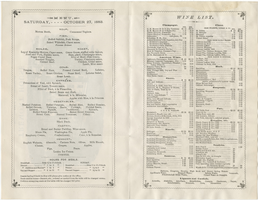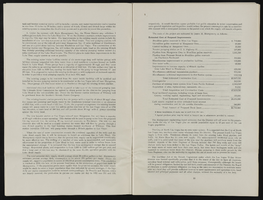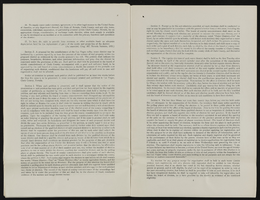Search the Special Collections and Archives Portal
Search Results
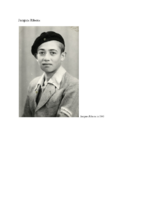
Biographical essay by Jacques Ribons, 2014
Date
2014
Archival Collection
Description
Jacques Ribons describes his life during the Nazi occupation of Poland. During the liquidation of the Jewish ghetto, his family decided to turn themselves in to the Germans. They were sent to a prison and separated. He and his brother survived and went to France with the OSE, and came to the United States in 1947.
Text

Meeting minutes for Consolidated Student Senate, University of Nevada, Las Vegas, February 02, 1982
Date
1982-02-02
Archival Collection
Description
Includes meeting agenda and minutes. CSUN Session 12 Meeting Minutes and Agendas.
Text

Meeting minutes for Consolidated Student Senate, University of Nevada, Las Vegas, August 18, 1981
Date
1981-08-18
Archival Collection
Description
Includes meeting agenda and minutes. CSUN Session 11 Meeting Minutes and Agendas.
Text

Transcript of interview with Jackie Abell by Robert Stuart, April 03, 1976
Date
1976-04-03
Archival Collection
Description
Robert Stuart interviews Jackie Abell (b. 1924) about her experiences growing up in Virginia City, Reno, and Overton, Nevada. She specifically discusses her experiences growing up on a ranch, railroading, above ground atomic testing, flooding, and wild animals.
Text

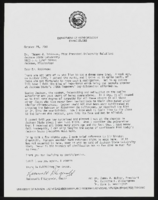
Roosevelt Fitzgerald: correspondence regarding Jackson State University
Date
1989
Archival Collection
Description
From the Roosevelt Fitzgerald Professional Papers (MS-01082) -- Personal and professional papers file.
Text
Pagination
Refine my results
Content Type
Creator or Contributor
Subject
Archival Collection
Digital Project
Resource Type
Year
Material Type
Place
Language
Records Classification

